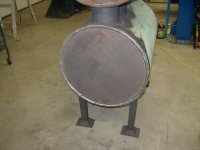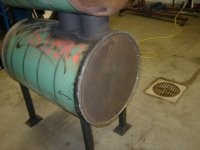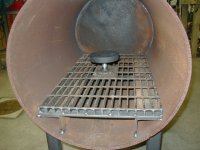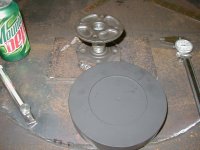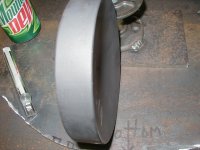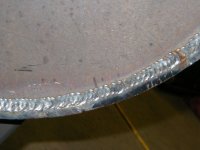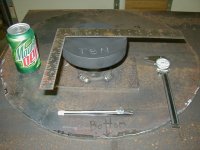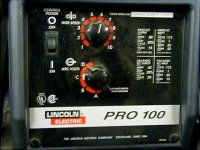I have been toying with this idea for some time now too. I had read Rogers article a year or so ago. Currently I heat my 2400 sq ft shop (18 ft ceiling) with wood and supplement it with a gravity feed oil drip system controlled by a ball valve.
This system works good if you need lots of heat.
The problem is that the oil burns rich if you try to throttle the draft down on the stove. It looks like black cotton candy inside and the smell is all over the yard
I had been thinking of using 2 old 100 lb lpg bottles. Dump the dirty oil into the first tank, seal it and use regulated compressed air to chase it through a strainer then a oil filter into tank # 2
The first tank would have a cleanout for sludge and water at the bottom.
From the clean tank the oil would be fead to the stove again with regulated air pressure.
I had considered using a pressure washer nozzle to atomize the oil and feeding it into a venturi where airflow would be controled by another regulator.
After seeing Rodgers version I'm not sure I should take all this experimenting on or just go with something I'm told is tried and true.
However even with his conical burner I think I'd use air feed as opposed to gravity just because you can make the "hill" as high as you want. Also as I found in my drip system it is easy to plug it up with crud in the oil. So plan on a cleanout somewhere.
One of these
Surplus Center Item Detail
should work good for a flow control valve, especially if you could control the pressure as well.
I'll be watching this thread closely and look forward to learning more.
We generate 150 to 200 gallons of used oil anually, so it would be good to put it to use.
Ken
